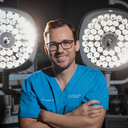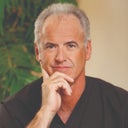Yeah correct that the area of concern is complex and does not always respond the way people had anticipated from fat removal procedures.



